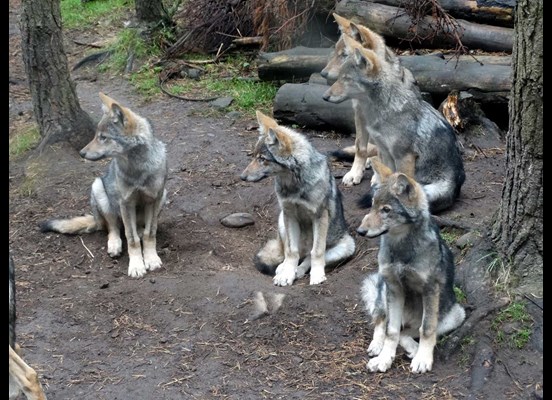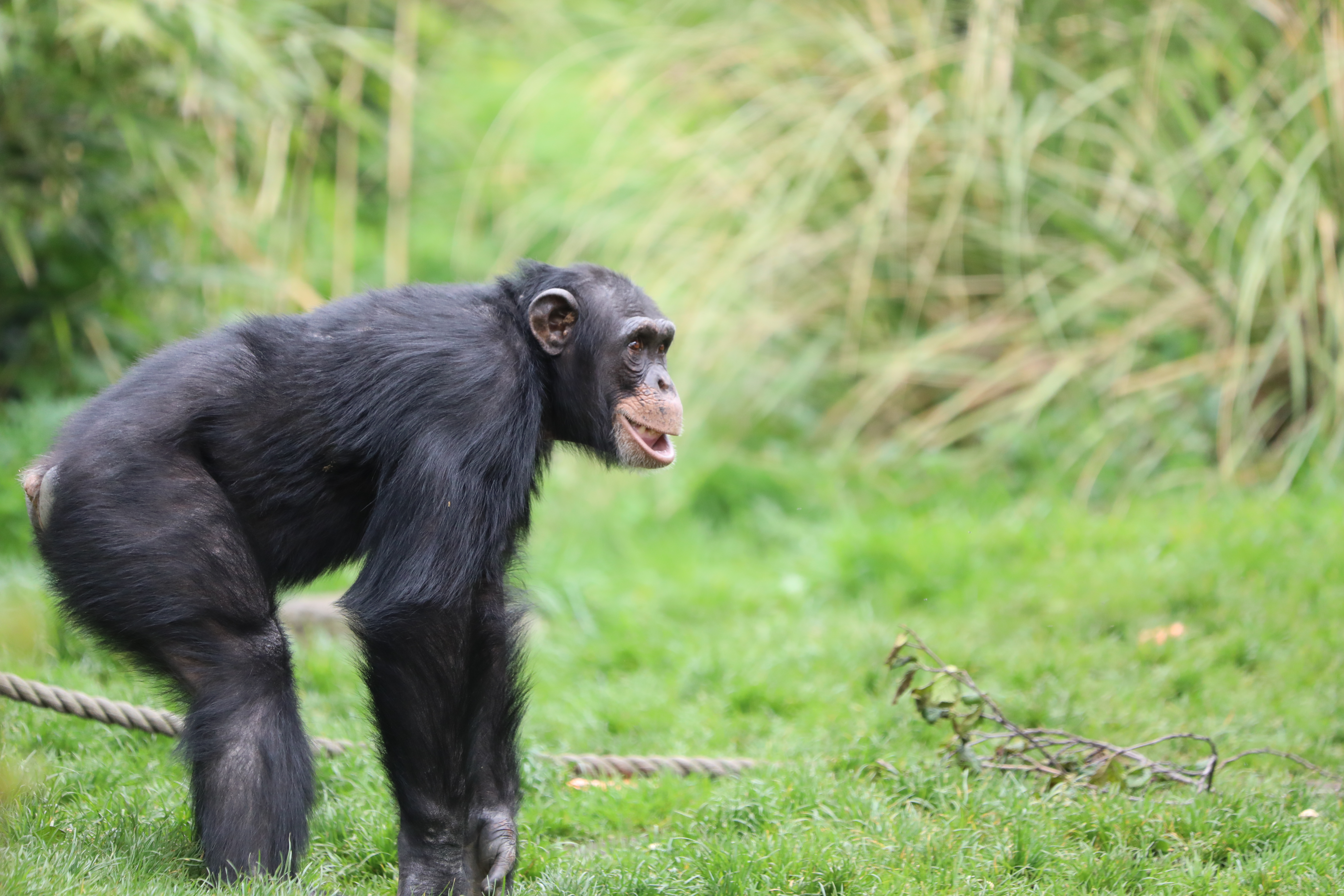What big paws you have!
03/10/2016 in Highland Wildlife Park
The six wolf pups at RZSS Highland Wildlife Park have been coming on in leaps and bounds since they were born on 3 June to first-time mother Ruby. Now aged four months, the pups are around half the size of their parents and still have a fair bit of growing to do to fill out their oversized paws. The young wolves are all doing very well and are very energetic and playful.

Keepers have recently named the new arrivals to the pack, which are four females and two males: Fearn, Eadha, Rose, Cora, Darach and Simon.
Douglas Richardson, Head of Living Collections at RZSS Highland Wildlife Park, said: “The pups are doing very well and have already grown so much in the last few months. They are quite boisterous and love playing with their siblings and exploring their 4,500 square metre enclosure. It is wonderful to have a full pack of wolves at the Park again.
“Once the wolf pups are older, and following the birth of the next one or two litters, they will move on to other zoological collections to augment existing packs or help create new ones, mimicking the natural dispersal process in the wild.”
The wolves at RZSS Highland Wildlife Park are the European form which is found throughout Scandinavia, pockets of Southern and Eastern Europe and Western Russia. The European wolf is one of the subspecies of grey wolf, a species that was once found across all of Europe, most of Asia and all of North America. Previously the world’s most widely distributed mammal – found throughout the northern hemisphere – wolf populations are now much more restricted as a result of hunting and persecution, as well as habitat loss and fragmentation. Wolves once roamed freely in Scotland but were hunted to extinction by the 1740s.
Thankfully, European wolf populations began to recover after the 1950s when they became less heavily persecuted, and by the 1980s small wolf populations began to grow and reoccupy parts of their historic range.
…ends…



























Follow EZ